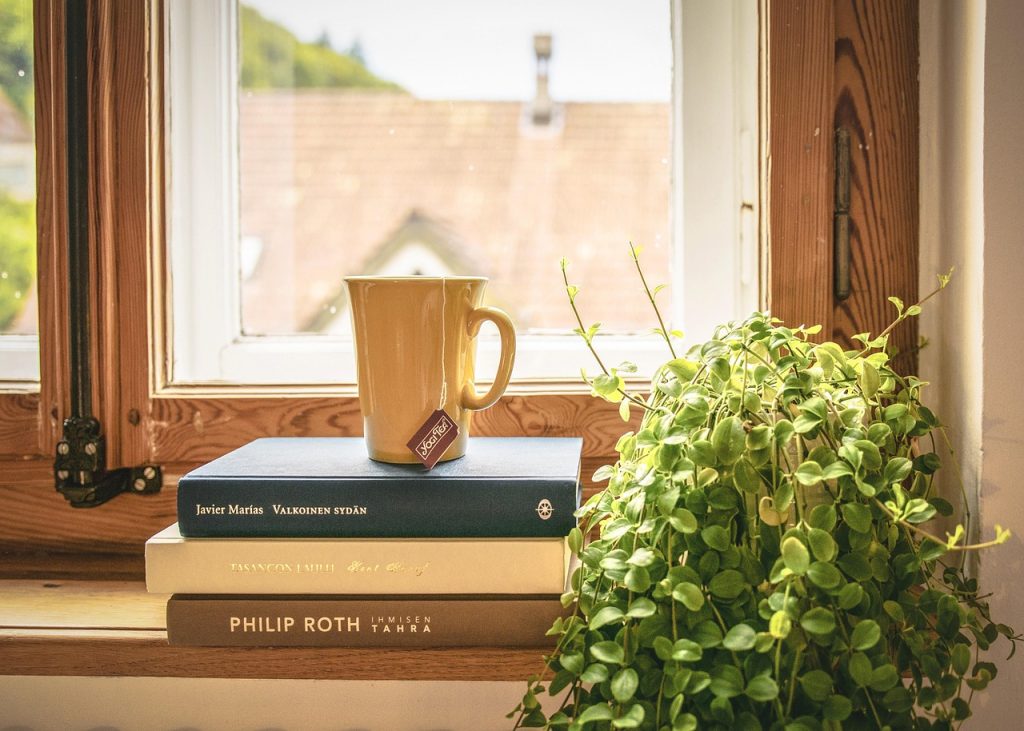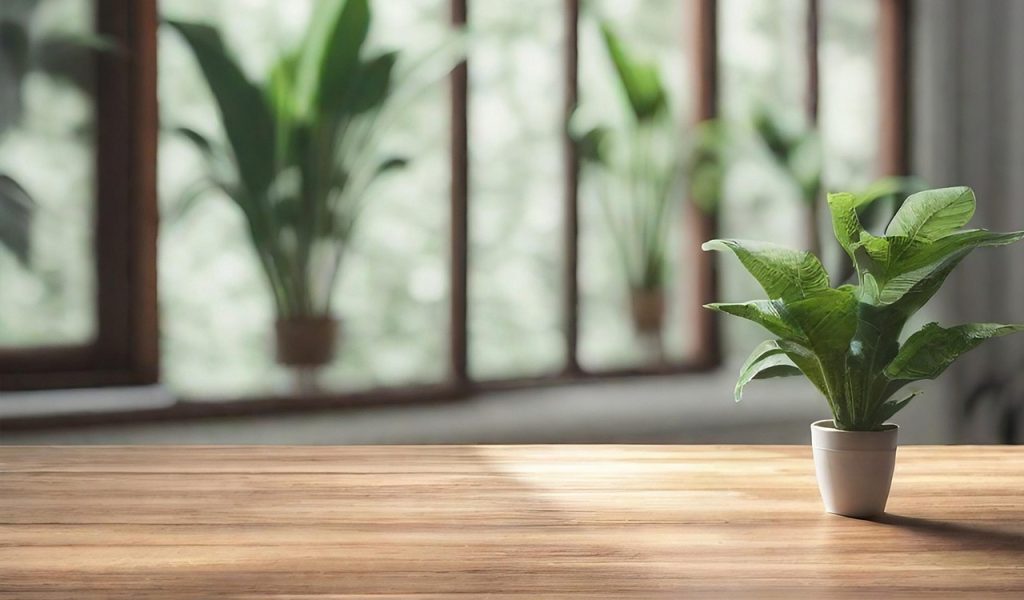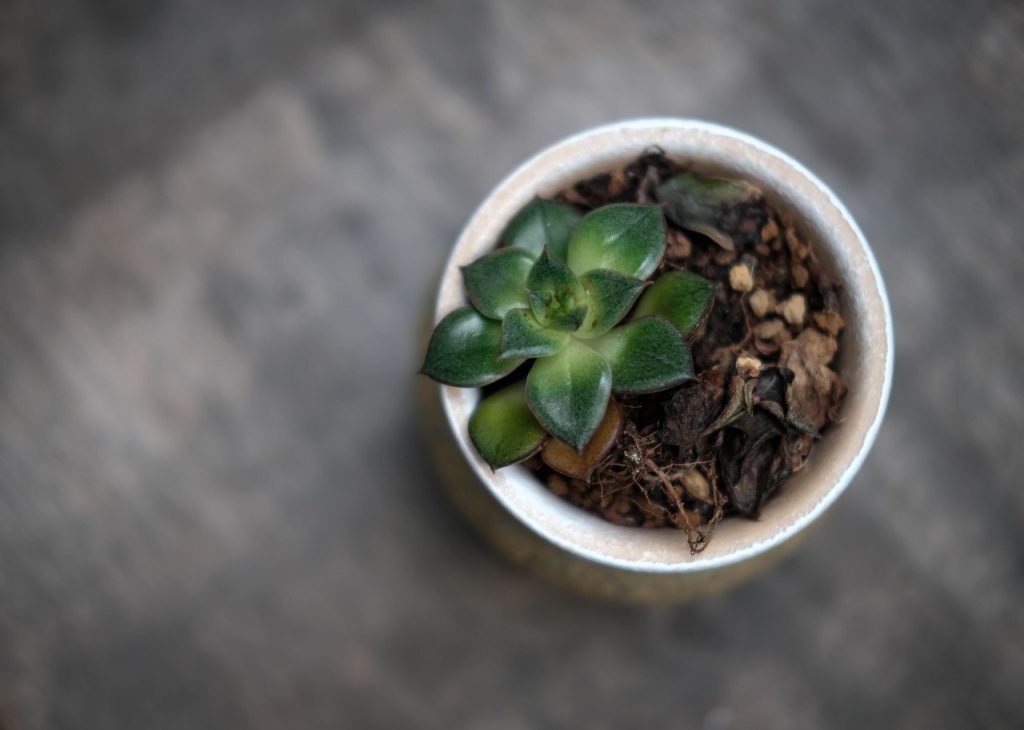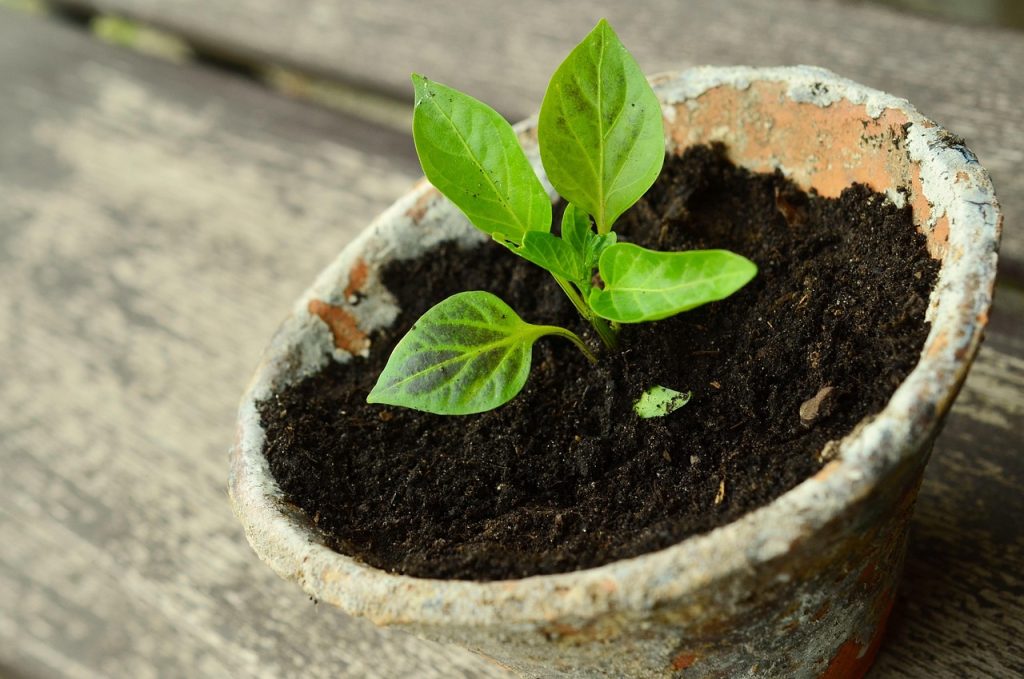Learning how to water houseplants for beginners can feel overwhelming, but it’s a critical skill for keeping your indoor plants thriving. Too much water can drown your plants, while too little can leave them parched. Getting it right depends on understanding your plant’s needs, the type of pot, and your home’s environment. This guide, tailored specifically for beginners, dives deep into the essentials of how to water houseplants for beginners. Drawing from trusted sources like Millcreek Gardens and other gardening experts, we’ll cover how often to water, how to check soil moisture, signs of overwatering and underwatering, proper watering techniques, and common mistakes to avoid. By the end, you’ll feel confident keeping your houseplants happy and hydrated.

Why Watering Houseplants Correctly Matters
Water is the lifeblood of your houseplants, delivering nutrients and keeping their cells turgid. But unlike outdoor plants, houseplants rely entirely on you for their water needs. Overwatering is the leading cause of houseplant death, according to Millcreek Gardens, while underwatering can stunt growth or cause wilting. For those learning how to water houseplants for beginners, balancing these extremes is key to fostering healthy, thriving plants. This article focuses solely on watering to give you clear, actionable steps without overwhelming you with unrelated care tips.
How Often to Water Houseplants
One of the most common questions when exploring how to water houseplants for beginners is, “How often should I water my houseplants?” The answer isn’t one-size-fits-all, it depends on the plant type, pot, season, and your home’s conditions (light, humidity, and temperature). Instead of watering on a strict schedule, check your plants regularly to assess their needs. Here’s a beginner-friendly breakdown with examples:
General Watering Guidelines
- Low-water plants (e.g., succulents, cacti): Water every 2–3 weeks in spring/summer and every 4–6 weeks in fall/winter. These plants store water in their leaves or stems, so they need less frequent watering. Example: A jade plant thrives with infrequent, deep watering.
- Moderate-water plants (e.g., pothos, snake plant): Water every 1–2 weeks when the top inch of soil feels dry. These hardy plants tolerate slight variations in watering. Example: A pothos in bright, indirect light may need water every 10 days.
- High-water plants (e.g., peace lily, calathea): Water every 5–10 days, keeping soil consistently moist but not soggy. These plants prefer steady moisture. Example: A peace lily may droop to signal it’s time for water, usually every week in warm months.
Factors That Affect Watering Frequency
- Light: Plants in bright light dry out faster than those in low light.
- Season: Most plants need less water in fall and winter due to slower growth.
- Humidity: Low humidity (common in heated homes) may require more frequent watering.
- Pot size: Smaller pots dry out faster than larger ones.
Pro Tip: Avoid watering on a fixed schedule (e.g., every Monday). Instead, check the soil and water only when needed. This prevents overwatering, which Millcreek Gardens notes is a beginner’s most common mistake when learning how to water houseplants for beginners.

How to Check Soil Moisture
Before watering, always check if your plant actually needs it. This is a crucial step in how to water houseplants for beginners, as sticking to a schedule without checking the soil can lead to overwatering or underwatering. Here are three beginner-friendly ways to assess soil moisture:
1. The Finger Test
Insert your finger about 1–2 inches into the soil. If it feels dry, it’s time to water. If it’s moist, wait a few days and check again. This works well for most plants, like pothos or spider plants.
2. The Chopstick Method
Use a wooden chopstick or skewer. Push it into the soil, then pull it out. If it comes out clean and dry, the soil is dry. If it’s damp or has soil clinging to it, hold off on watering. This is great for deeper pots or plants like monsteras.
3. Lift the Pot
Pick up the pot after watering to feel its weight, then check it again a few days later. A lighter pot often means the soil is dry. This method takes practice but is useful for small pots or succulents.
Using Moisture Meters
For extra confidence when learning how to water houseplants for beginners, consider a moisture meter (available for $10–$20 at garden centers). Insert the probe into the soil to get a reading—most meters indicate “dry,” “moist,” or “wet.” This is especially helpful for beginners unsure about the finger test.
Pro Tip: Check soil at different depths. Surface soil may feel dry, but deeper soil could still be moist, especially in larger pots.
Signs of Overwatering and Underwatering
Recognizing improper watering signs is essential for mastering how to water houseplants for beginners. Here’s how to spot overwatering and underwatering, along with steps to fix them:
Signs of Overwatering
Overwatering suffocates roots by filling soil air pockets with water, leading to root rot. According to Millcreek Gardens, it’s the top reason houseplants die. Watch for:
- Yellowing leaves: Leaves turn yellow or brown and feel soft or mushy.
- Wilting despite wet soil: The plant looks droopy even though the soil is soggy.
- Moldy or musty soil: White mold or a foul smell indicates too much moisture.
- Root rot: Black, mushy roots when you inspect the plant (healthy roots are white or light tan).
Fix it: Stop watering immediately. Let the soil dry out completely, which may take 1–2 weeks. If root rot is suspected, remove the plant from its pot, trim away black roots, and repot in fresh, well-draining soil.
Signs of Underwatering
Underwatering starves plants of moisture, causing stress. Look for:
- Wilting or drooping leaves: Leaves look limp or curl inward.
- Dry, crispy leaves: Edges or tips turn brown and brittle.
- Soil pulling away from pot edges: Dry soil shrinks, leaving gaps.
- Slow growth: The plant stops producing new leaves or looks stunted.
Fix it: Water thoroughly until water runs out of the drainage holes. Check more frequently to prevent drying out again. For severely dry plants, soak the pot in a basin of water for 10–15 minutes to rehydrate the soil.
How to Water Properly Based on Plant Type and Pot Type
Understanding how to water houseplants for beginners includes knowing that different plants and pots require specific watering techniques. Here’s how to water correctly to keep your houseplants healthy:
Watering by Plant Type
- Succulents and cacti: Water deeply but infrequently, ensuring the soil dries out completely between waterings. Use a watering can with a narrow spout to target the soil, not the leaves.
- Tropical plants (e.g., monstera, philodendron): Water evenly until water drains from the bottom. Keep soil moist but not waterlogged. Mist leaves occasionally if your home is dry.
- Ferns and calatheas: These love consistent moisture. Water when the top inch of soil feels slightly dry, and use distilled or rainwater to avoid mineral buildup.
- Orchids: Water by soaking the pot in water for 10–15 minutes every 1–2 weeks, then let it drain completely. Avoid letting water sit in the crown of the plant.
Watering by Pot Type
- Plastic or ceramic pots: These retain moisture longer, so water less frequently. Ensure they have drainage holes to prevent water buildup.
- Terracotta pots: These are porous and dry out faster, so check soil more often. They’re great for succulents but may need more frequent watering for tropicals.
- Self-watering pots: These have a reservoir that provides consistent moisture. Fill the reservoir when it’s empty, but check the soil to avoid overwatering.
- Pots without drainage holes: Use sparingly, as they trap water and increase the risk of root rot. Water lightly and tilt the pot to remove excess water.
Proper Watering Technique
- Water evenly: Pour water slowly over the soil surface until it runs out of the drainage holes. This ensures the entire root ball is hydrated.
- Use room-temperature water: Cold water can shock roots, especially for tropical plants.
- Avoid wetting leaves: For most plants, water the soil directly to prevent fungal issues. Exceptions include plants like calatheas that benefit from occasional misting.
- Empty saucers: Remove excess water from saucers or trays after 30 minutes to prevent roots from sitting in water.
Pro Tip: If your tap water is hard or high in minerals, use filtered, distilled, or rainwater to prevent buildup in the soil, which can harm sensitive plants like orchids or calatheas. Similarly, water quality plays a crucial role in aquatic gardening, especially when selecting Aquarium Plants for Beginners

Common Watering Mistakes and How to Avoid Them
When learning how to water houseplants for beginners, it’s easy to make mistakes that can harm your plants. Here are the top pitfalls and how to steer clear, based on advice from Millcreek Gardens and other experts:
Mistake 1: Watering on a Strict Schedule
Plants don’t follow calendars. Watering every week without checking the soil can lead to overwatering or underwatering.
- Solution: Always check soil moisture before watering. Use the finger test, chopstick method, or a moisture meter to guide you.
Mistake 2: Ignoring Drainage
Pots without drainage holes or leaving water in saucers can drown roots.
- Solution: Choose pots with drainage holes and empty saucers after watering. If using decorative pots without holes, place a plastic pot with drainage inside and remove it to water.
Mistake 3: Overwatering Out of Love
Beginners often water too much, thinking it shows care. This leads to root rot, especially in low-light or cool conditions.
- Solution: Less is more. Let the soil dry out slightly (or completely for succulents) between waterings. When in doubt, wait a day or two.
Mistake 4: Using the Wrong Water
Tap water with high chlorine or mineral content can harm sensitive plants over time.
- Solution: Let tap water sit for 24 hours to allow chlorine to dissipate, or use filtered/distilled water for plants like calatheas or orchids.
Mistake 5: Neglecting Seasonal Changes
Watering the same amount year-round ignores plants’ changing needs. Most plants grow actively in spring/summer and slow down in fall/winter.
- Solution: Reduce watering in fall and winter, checking soil more frequently to adjust to slower drying times.
Mistake 6: Watering from Above Carelessly
Pouring water over leaves instead of the soil can cause fungal diseases or rot, especially for plants like African violets.
- Solution: Use a watering can with a narrow spout to target the soil. For bottom-watering plants like African violets, place the pot in a tray of water for 15–20 minutes.

Building a Watering Routine for Success
To make how to water houseplants for beginners less daunting, create a flexible routine. Check your plants every 4–7 days, depending on their needs, and adjust based on the season or your home’s conditions. Keep a small notebook or use a plant care app to track when you last watered each plant and note any changes (e.g., drooping or yellowing). This helps you spot patterns and avoid mistakes.
Sample Beginner Watering Routine
- Monday: Check soil moisture for all plants using the finger test or chopstick method.
- Tuesday: Water plants that feel dry (e.g., succulents every 2–3 weeks, pothos every 10 days).
- Thursday: Re-check high-water plants like peace lilies or ferns, as they may need water sooner.
- Weekly: Empty saucers, inspect for overwatering/underwatering signs, and adjust as needed.
Final Tips for Beginner Plant Owners
Mastering how to water houseplants for beginners doesn’t have to be stressful. By focusing on your plant’s specific needs, checking soil moisture, and avoiding common mistakes, you’ll keep your plants thriving. Remember these key takeaways:
- Check soil before watering, don’t rely on a schedule.
- Use pots with drainage and empty saucers to prevent root rot.
- Watch for signs of overwatering (yellow leaves, soggy soil) or underwatering (wilting, dry leaves).
- Adjust watering based on plant type, pot type, and season.
- Be patient and observe your plants, they’ll tell you what they need.
With practice, watering will become second nature. Your houseplants will reward you with lush growth, and you’ll gain confidence as a plant parent. Happy watering!